Getting Started with Customer Journey Mapping
In this episode of the CX Matters Podcast, host Justin Tippett discusses how to get started with Customer Journey Mapping with special guest Rod Netterfield. The episode includes:
- An overview of Customer Journey Maps
- Key steps/sections you need to include
- Top tips!
If you’ve been interested in learning more about Customer Journey Maps or aren’t quite sure where to start, this episode is a great place to start!
Listen now to the Podcast
Just click play below! If you’d rather listen on your favourite podcasting platform, you’ll find the links at the bottom of the page.
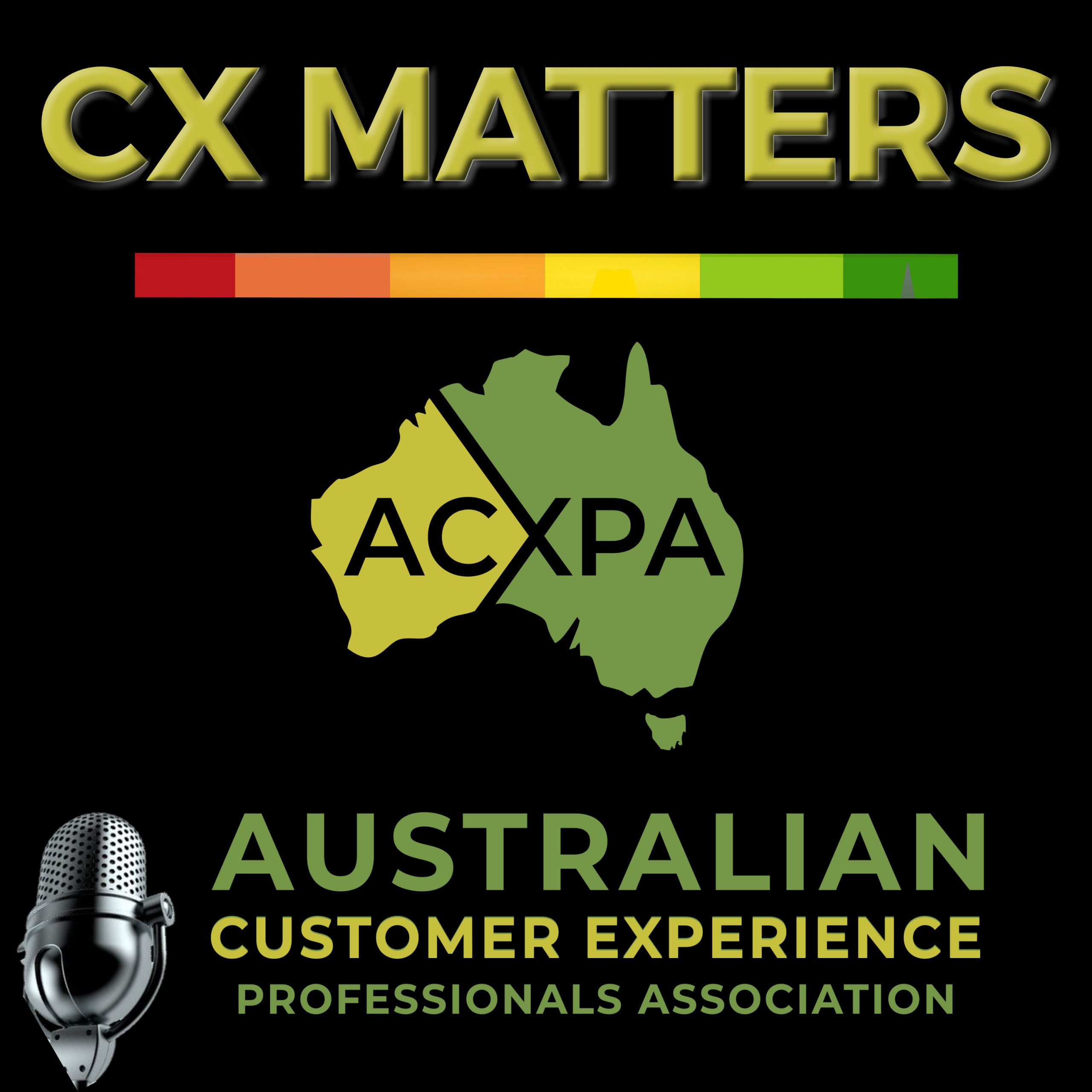
13 December · Season 1 · Episode 2
Getting started with Customer Journey Mapping
18 Min, 14 Sec · By ACXPA
In this episode of the CX Matters Podcast, host Justin Tippett discusses how to get started with Customer Journey Mapping with special guest Rod Netterfield. The episode includes: - An overview of Customer Journey Maps - Key steps/sections you need to include - Top tips! If you've been interested in learning more about Customer Journey Maps or aren't quite sure where to start this episode is a great place to start! You'll also find a lot more information on Customer Journey Maps on the ACXPA website as well as tools, resources and support for Customer Experience Professionals. Visit https://acxpa.com.au
Watch the Podcast recording
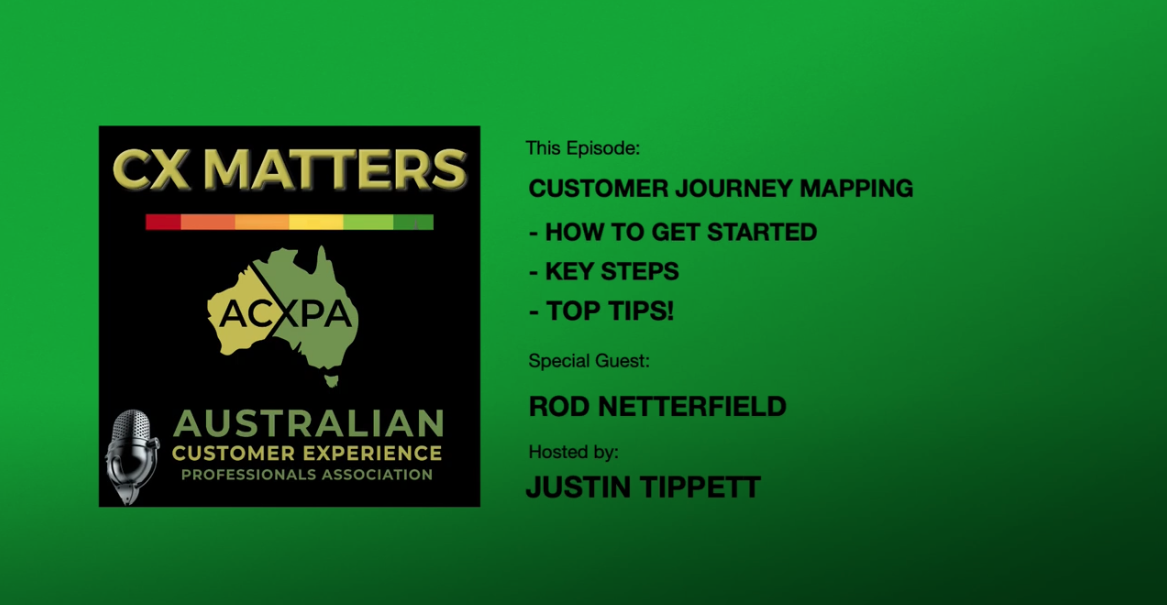
Hi and welcome to another episode of the CX matters podcast my name is Justin Tippett the CEO of ACXPA and in this episode we’re going to be talking specifically about customer Journey mapping and when it comes to customer Journey mapping I thought well who can we talk to and I thought you know what there’s no one better than this man right here Rod Nettlefield director of humind and also a member of our Advisory board for all things customer experience welcome writers brilliant thanks Justin cheers uh we uh like we do on all our episodes try and keep them quite specific on a topic and for this one it is customer Journey mapping so I’m just going to throw it right open right from the bat what the hell is this customer Journey mapping thing that we keep talking about and hearing about Rod yeah definitely and look if you’re in customer experience it’s probably the number one or number two request that we’d get about I need a journey map um and the journey map ultimately it’s that visual summary if you like of what the customer goes through from their point of view and it’s really important the last part of that sentence the from their point of you so in my experience if you think about a great journey map it’s one that’s going to bring together customer insights and customer data that tells their story and so if it’s a story it’s going to have a beginning it’s going to have a middle and it’s going to have an end and what’s really important though is that the beginning and the end isn’t just the first and the last touch point the customer may have with you in fact many of the journey Maps I do will have multiple steps or touch points or activities or things that they’re doing that occur before they even make that first contact or well beyond that that last contact with you um and when we think about the journey map from a you know let’s call it a base template perspective um you know you’ll see typically in most Journey maps that they’ll have a doing swim lane they’ll have a thinking swin lane and a feeling swim lane um and those last ones the thinking and the feeling is ultimately where you generate that empathy for your customers and it’s where I really see it it drives and helps you drive that customer centered change that you’re looking to do as a result of of the journey map yep can I take it back one one step further and because we sort of mentioned you know it is the number one thing that people are typically asked to do when you hear CX but why do companies why why do they or why should they be doing customer Journey mapping in the first instance yeah and it’s a really good one and and funny enough like if if you think about either um as an internal you know an internal CX practitioner or somebody in a consultancy space that’s that’s typically when people come to you and they say oh I want a journey map you your first question actually well why um so often um it’s that we’re trying to do something in terms of building a level of understanding so often um we might not actually understand what is really going on and so that’s actually the intent of what we’re trying to get from building um a journey map sometimes we might be using Journey Maps as the basis to drive customer centered improvements and sometimes it’s actually and it does form a really great basis for the for ideation um now that’s making an assumption though there that you’re doing I guess a current state Journey map um sometimes you might actually be doing a journey map for something that doesn’t exist right now or you might have a really solid footing of understanding what it is you’re doing today and you could actually then create a future State Journey map to articulate this north star revision of what could be right so this is as you said there’s essentially a number of different lenses if you like a customer Journey mapping that can be done through uh whether it’s the current state future State etc so once once we’ve established the need we go you know what yeah that’s something that I think we should do because we’ve often got perceptions of what we think happens for the customers maybe very different from reality right so so how do you get started you mentioned the template and I know we’ve got a template or a couple of templates on ACXPA that our members can can download if you want something to get started but aside from that how do companies get started on doing customer Journey mapping because they can be quite you know intensive pieces of work right they are yeah and look they are and look I was going to say it’s probably the first thing I’ll say in terms of where you get started is you need to have a strong sponsor um now you’re probably going to go we’ll do her Rod but you know any good project like like a journey mapping project needs to have strong sponsorship and without that you you really just you can’t even start with a sponsor because we’ve got people of all different skills that listen to this podcast so the people that are very new to CX and we’ve got you know obviously lots of experienced people but if you’re relatively new and you’re sort of hearing this word sponsor why is it so crucial to have a sponsor um for your journey mapping yeah bingo so great question so look I think the key part is finding a sponsor that’s going to hold the resources the budget and the approval Authority that you will need so I guess act upon and drive change um so that you know there’s different roles in different organizations that will have that but you’ll need someone that’s relatively senior depending though as well on the size and the scope of the the project you might be completing you may actually need multiple sponsors um and so you know I find this right now um you know when I’ve got an organization I’m having discussions with at the moment who are looking at their um sort of their acquisition Journeys so that pre-inquiry inquiry and onboarding type phase for their customers yeah and that actually requires three sponsors who have got As in aggregate that resource budget and approval authority to help actually drive change off the journey mapping and is that in that particular instance right is that because they’re quite siled internally and they’ve got them all those functions sort of split up yeah yeah definitely and that’s probably where if you think and before I spoke about current states and future States and you know if you think about the current state Journey the customers in that case are feeling the silos and so when we when we flip the switch if you like to a future State and an articulation of what should be or could be um you know that’s where we have to redesign that experience so that our customers are not feeling the silos of the organization yep okay all right so we’ve I think we’ve hopefully established a case of why we should be doing a customer Journey a map and why we it’s important to get a sponsor to make sure that you’ve got the authority and budget and everything that you need resources to get it done so then how do you get started what happens from there yeah definitely so we’ve got our sponsors we’ve pulled together a core team of people to drive the project and I guess away we go um now there’s two I guess approaches that you can do in terms of what order you might do your activities in Journey mapping um I shouldn’t say majority of the time but but yeah it needs probably actually the majority of time when I think about my experiences we will use what’s called an assumption first approach to Journey mapping okay and what that means is I guess we get all of the internal knowledge data artifacts maybe even previous Journey maps that have been done to pull together a baseline of what it is we already know or what is it we already think we know before we go and do the customer research you can flip it the other way around and do a research first approach um I find that I probably do that Less in the organizations that I’m engaged by but particularly the research first approach will be relevant certainly if you’re building something from the ground up that doesn’t currently exist right yeah um I guess either way so if I go the Assumption first approach so we get started we get all of the existing information together and so I do I guess two things here in that I encourage I guess all of those existing sorry all of those internal people and sometimes as well will be partners or suppliers that may be involved and we we in the past I used to say empty your desk drawers I guess now I say empty your virtual desk drawers and it’s basically bring everything that we know and so we’ll have the journey framework of what we think it is that the customer is going through and will plot and we’ll map all of the things that we currently have and then we’ll go and what we’ll typically see is that we have some gaping holes where there’s actually a whole lot of unknown and so we’ll create then an understanding of well if we’re going to go and do customer research what are all the things that we want to find out importantly then we’ll prioritize what are those things that we want to find out because we might not be able to get to them all um oh yeah question I was just going to say so so when you talk about sort of plotting it out and I know um I know you know typically when you see Journey mapping done people got sticky notes all over walls and uh obviously virtually it’s probably different but there are software I’ve actually seen software that is basically virtual sticky notes it does Journey mapping right so there’s definitely there’s tools out there right that exist definitely um definitely and it’s it’s a collab it’s so whether you do it online or offline and I’ve run engagements where through I guess the last couple of years we had to Pivot from online to offline or vice verse yeah um yeah there’s lots of great tools out there but it’s less about the tool and it’s more about driving that collaboration and that opportunity informed for discussion yeah and so when you said you sort of grab a whole bunch of people together from the organization like I’m making some assumptions here for the benefit of our listeners but I’m guessing that’s people from marketing from the contact center from from Finance maybe from like literally all sort of representation across the business is that is that the the idea behind it yeah definitely um yeah you you the in in the simplest sense I guess the broader that you can engage in organization um I often talk about it being like a diagonal slice through the organization because you want to get this beautiful diversity of opinions and perspectives and Views into your journey maps and the experience that you’re either currently providing or you want to provide um and and typically if I think about a more diverse working group as a part of a journey mapping project typically I see drives actually better outcomes at the other end yeah okay so so we’re basically going and we’re asking everyone saying okay well we know the first part of the journey for a customer is XYZ and we’re asking basically for in the Assumption mode we’re asking everyone’s their interpretation of what happens at that point for the customer right is that essentially how it works yeah definitely so yeah we’re capturing what it is we think what what is that we know or what we think we know um and then ultimately yeah what what is it that we’re wanting to go and find out where we might have blind spots or gaps in our knowledge yeah and when you touched on earlier you said you know what’s really important is feelings for example how do you get that if that’s the customer research component I’m guessing or is it your perception of the customer feelings yeah definitely um and look it’ll probably depend on the maturity of your CX sort of program more generally speaking um in that you may have a voice of customer program you may have some level of sentiment analysis there could be any number of data sources there that could help you um but the feelings swim Lane if you like in that Journey map I would typically be populating as a result of the customer research that you do so when you you know flip out from this is what we already know to let’s go and actually research with our customers you know we’ll go and have a conversation with a whole lot of customers that are representative of your customer of your customers or your Target customers yeah and and if that just literally uh asking them for their experience or are you using the customers to validate the assumptions that you’ve already come up with yeah okay um look I have done it both ways um more often than not I will probably be doing um you know Jack’s interviews or focus groups or journal or diary studies yeah um and I guess more recently there’s been a lot more use of the online activities and discussion forums um and and probably don’t forget I guess just good old observational research and so you go out there and you just try to amass all of this this Insight or perspective about your customer and then I would more more often than not be then bringing that back to the journey map there has been I guess crunch times where I’ve had to deliver quickly where we’ve actually invited customers to come and co-create and co-design with us as part of the journey mapping activity as well that probably does it’s probably a little bit more mature estate so maybe not be with what you want to buy it off first time you’re doing this yeah yeah good point um okay so so we’ve done the the we’ve done the sticky notes or the virtual sticky notes we’ve got everything mapped out we’ve asked everyone we’ve researched the customers and asked them to either validate you know our assumptions or more in-depth research where they tell us you know their experience in their words or we observe them in their in their environment um what happens then what what’s next yeah definitely and so I think probably caution one is that we’ve probably made it sound really quite linear um and and if you’ve had an experience of Journey mapping you’ll probably understand when I say when it’s not anything but linear yeah I do go around a few times and my caution to you is if you aren’t going around a few times you might not be going deep enough with what you’re trying to investigate that’s my proportion yeah um so when you get to a point you go you know what we actually think we’re finished and we’re comfortable with where we’ve got to um you know you want to actually do something with it um I think we spoke about this in a previous um a previous podcast Justin where sometimes it’s CX artifacts is we do this great work but if we don’t go and tell everyone we’ve done it and share it and they just sit on you know sit on a virtual shelf somewhere or sit on a wall somewhere Gathering dust yeah um and so the key part about I guess when a journey mapping project is finished is that you need to get out out there and you need to tell and share stories over and over and over again and when you’re doing that you need to make it accessible to people but you also need to make it really really relevant to the team or the function within an organization that you might be having a conversation with because ultimately what we’re trying to do here is drive and Inspire that customer center change um and and the other key part as well and it’s probably about you know the time how are you maintaining it and keeping it timely you will need to think about at some point how are you going to digitize these customer Journey maps and I think that’s got two parts these days in one it makes it accessible but it also makes it a lot more maintainable so that you can track or maintain and update it over time as well yeah um so so assuming that we’ve either built a visual and you know it might be literally a big poster on the wall or it might be digitized as you said that you’ve actually then got a very clear path or journey of what the customers are going through obviously the point of doing this is to make changes or improve movements in most instances right so so how do you get from from you know going okay well we think we know what the problem is now yep we’ve validated some of those concerns how do you then go to actually closing the Gap and improving the experience yeah definitely and that yeah I think mapping the journey is only part of that and then driving the changes just to speak a journey off the back of it um so yeah so look I mean not off the basis of that you will then again working with that sponsorship group um identify what are those moments or those touch points along the journey are the ones that we need to invest in and we need to make improvements in now that can be two-part it could be about you’ve got a low a low point in the customer Journey that you need to address sometimes though as well you’ll have a point in the journey where you’ll actually go there’s a moment here that really matters but it’s actually fairly neutral or sort of meh at the moment yeah we need to actually invest to make that more of it and a positive moment or a moment that the customers will remember fondly and so um you know you’ll identify those moments that you might be wanting to do Improvement upon and then using I guess a sort of a human-centered design uh sort of method you would then go and you’d create ideation opportunities and then you would do potentially co-design or prototype and testing to actually work out whereas to make those improvements yep now you’re a qualified CC XP uh I believe right yes yes excellent so you’re using big words that some people may not know which is ideation what is ideation right yeah um yeah oh goodness so if you put it down look ideation oh sometimes fear if you call it brainstorming it’s not doing it justice but ultimately the ideation is just occurring to create a range and a raft of ideas for potential future States um and and look there there is Method if you like that is there as well in terms of how you will do an ideation session to get people to bust themselves out of the way they currently are doing things to think about possibilities and to think about possibilities from a customer’s perspective um but yeah that many people probably call it brainstorming but it’s brainstorming but supercharged yep there we go thank you for clarifying for if anyone was listening and going what the hell is that uh hopefully we’ve answered that question for you um now I want to uh ideally give some people some tips if they are contemplating uh going down the customer Journey mapping path so hit us with your top tips yeah definitely so look I think top tip number one and it won’t work in every circumstance but the majority of the time I would encourage you to always leverage what you already have particularly if you’re capturing a current state of your journey there is going to be so much knowledge information and data you already have that can help start you um sort of you’re on your way I think it’s about finding the right tools and like you said Justin there are so many tools out there these days that can help you be more effective and efficient in doing your journey mapping um in in you know different ways to help Drive collaboration virtually yep and look ultimately Journey mapping is a team sport and the more people you can involve in that so your colleagues your customers your partners suppliers whoever it is relevant bring them in because ultimately the more diverse you can make the group of people completing the journey mapping project the better the outcomes are and typically the more success I’ve seen people drive off the back of them yeah as always some great tips right now if people want to get more information on Journey mapping we have some articles on the expert website we had some templates that you can download on the expert website and we also have some training courses if people interested in learning more about customer Journey mapping so you’ll find all of that on the on the website so it’s just acxpa.com.au and if you want to hear more about Rod make sure you subscribe to the CX Matters podcast because we’ve got a number of podcasts with not only Rod but other experts from the contact centre customer experience customer service digital service Etc space so thank you again for listening Rod thanks for your expertise yet again and we look forward to catching you on the next episode of the CX Matters bye for now
Customer Journey Mapping Resources
To help you with getting started with Customer Journey Mapping we’ve included some quick links below to ACPXA resources that can assist.

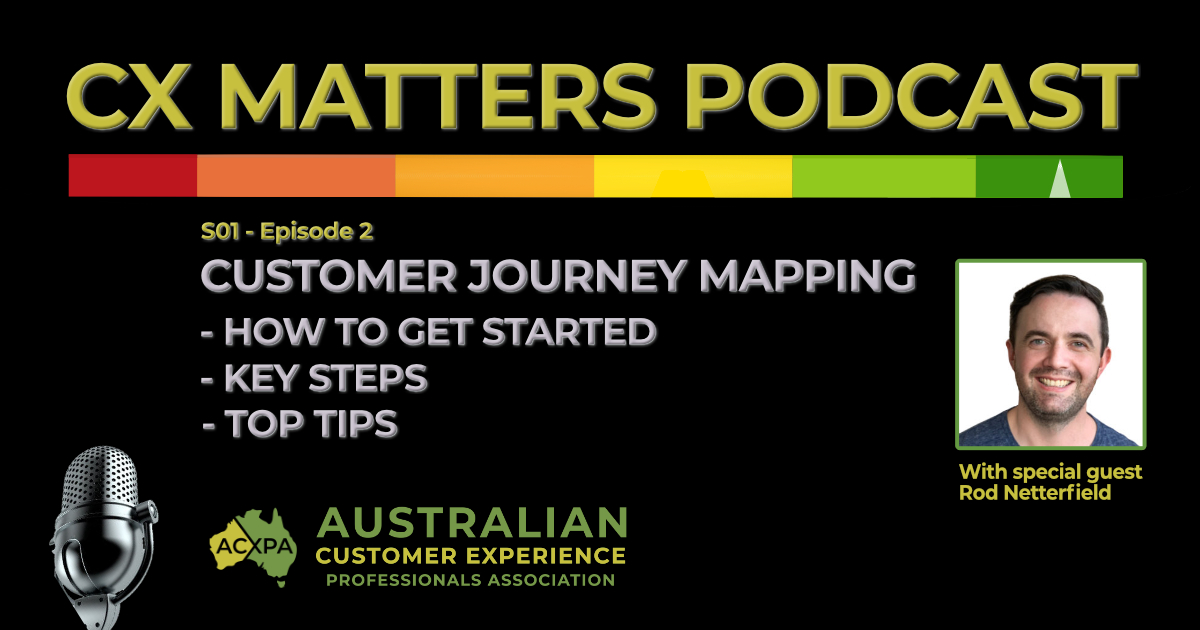





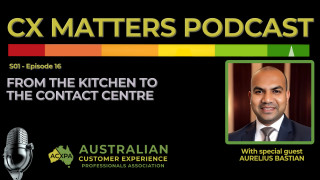
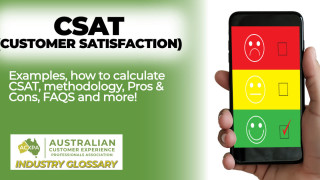
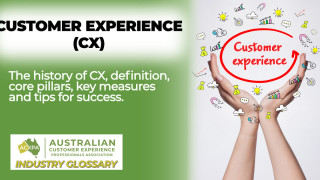






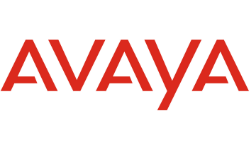
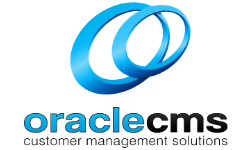
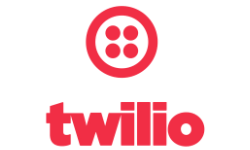




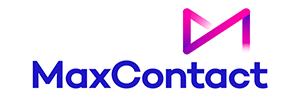
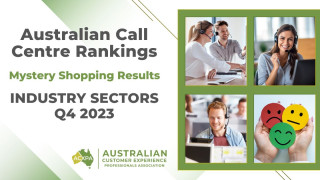
Thanks Justin – it was great to connect and talk about Journey Mapping. It feels like what we spoke about was only the tip of the iceberg. So very welcoming of others sharing their advice and top tips, or to hear of questions from the community.